
Pedaling Revolution by Jeff Mapes (Oregon State University Press, 2009)
Here’s a guest blog by Jeff Mapes, author of Pedaling Revolution: How Cyclists Are Changing American Cities. Mapes will be speaking at the Los Angeles Eco-Village (117 Bimini Place, Los Angeles CA 90004) on Saturday May 30th at 2pm. The free talk is hosted by Los Angeles Eco-Village and the CRSP Institute for Urban Eco-Villages. Did I mention that it’s free? Though you’ll want to bring money to purchase a copy of Mapes’ book which he’ll gladly sign for you. Jeff Mapes also appears at 7pm that evening at Flying Pigeon bike shop in Highland Park.
A Vehicle for the Times
by Jeff Mapes
(Jeff Mapes is senior political reporter for The Oregonian. He has covered Congress, state government, and numerous local, state, and national campaigns. He is also author of the blog Mapes on Politics. He lives in Portland, Oregon, where he is a longtime bike commuter. This column first appeared in The Infrastructurist)
Accustomed as I am to hearing everyone complain about their economic woes – I do, after all, work in the besieged newspaper industry – it was a pleasant shock to hear from a friend that his bicycle accessory company had its best year ever in 2008.
Yes, it’s true that those expensive carbon-fiber bikes aren’t exactly flying off the shelves these days as the lycra-clad, ectomorphic road warriors decide that maybe they can live with last year’s model.
But it’s a pretty good business to be selling lights, fenders and even bike bells to people who are hauling their old bikes out of storage or bringing home cheap two-wheelers from Goodwill. Now that dozens of cities around the country are starting to see cycling as a serious form of transportation, it’s become more inviting than it used to be to bike to work, the store or the neighborhood pub.
A lot of folks, of course, started picking up the cycling-for-transportation habit a year ago when gas prices shot up to $4 a gallon and keeping your car parked whenever possible took on new cachet.
Filling up with unleaded is not quite so dear now, but since just about everyone is feeling at least a little poorer now, the bike is taking on a new aura of recession chic. In my home city of Portland, Oregon, I just about keep my little flotilla of bikes going on the $20 a week I save in bus fare – and I don’t even consider driving since downtown parking runs at least $150 a month. A lot of my friends and neighbors are figuring out the same thing: some 8 percent of Portlanders now report that the bike is their primary commute vehicle, according to a survey from the city auditor. Bike traffic over the bridges into downtown has nearly doubled since 2003. Portland is at far end of the [bicycle] bell curve, but several other cities, including New York City, are also reporting measurable increases in cycling.
With the AAA calculating that it costs more than $6,000 to own and operate the smallest sedan for a year, the ability to shed at least one of the two family cars is a big incentive for those in belt tightening mode. So, in a more modest way, is skipping the monthly gym fee in favor of a 20 or 30-minute ride to work. And have you heard that gas prices are headed back up?
But there are also number of other favorable trends at work for cyclists right now, as I describe in my book, Pedaling Revolution: How Cyclists are Changing American Cities. Bicycling advocates piqued the interest of the public health community after obesity cropped up as a big concern in the 1990s. In this decade, concerns about climate change, peak oil, and traffic congestion have all been fodder for advocates to push for new accommodations for bikes on the urban streetscape.
Cyclists first latched onto a serious share of federal money in 1991 with the passage of the Intermodal Surface Transportation Efficiency Act (or, ISTEA — pronounced “ice tea”). By 2004, more than $400 million was being spent on bicycling and walking projects around the country. After passage of the latest transportation bill, SAFETEA-LU (Don’t even ask what it stands for), projects for bikes and peds just about doubled in value, according to Bikes Belong, the industry’s chief lobby group. I have another friend who is a partner in a company that works with cities on bicycle and pedestrian planning, and she’s in the enviable position of hiring people instead of laying them off.
Happily for her, cycling advocates are expecting another shot of money out of the economic stimulus bill, which includes some $800 million in the Transportation Enhancements program that can be spent on such things as bike lanes, sidewalks and multi-use trails.
The big challenge is the upcoming reauthorization of the surface transportation authorization bill. Jim Oberstar (D-Minn.), chairman of the House Transportation Committee, and Peter DeFazio (D-Ore.), head of the Highways and Transit subcommittee, will get first crack at the bill in the next few months and both are talking about “transformative” legislation that will dramatically raise the amount of money spent on transportation while changing the nation’s priorities. They’ve made headlines talking about the promise of rail transit, both within cities and for long distances. They love the new streetcar systems popping up in cities. And, as I sat in DeFazio’s office last month, he went on at length about his desire to lay the groundwork for a national system of high-speed rail corridors.
What’s less known is that the two are also serious champions of bicycling. Oberstar, who became a serious cyclist to release stress as his first wife succumbed to a long battle with cancer, has made it clear that cycling will be well-treated in the next transportation bill. And cyclists have heard similarly encouraging words from DeFazio, who obtained the money for a nifty bike and pedestrian bridge newly erected over Interstate 5 in the Eugene-Springfield area where he lives. DeFazio keeps a bike in his office and likes to call himself the only former bike mechanic in Congress.
Cycling advocates think they have a friend in President Barack Obama as well. Nearly a year ago, he became the first major presidential candidate to appear at a fundraiser hosted by the bike industry (although, admittedly, agreeing to take campaign cash from a bunch of eager donors is not exactly a tough step for a politician). More importantly, during his short Senate career, Obama won plaudits in the public health community for introducing legislation aimed at forcing government agencies to assess the health impact of their development decisions.
So, as you read the headlines in your economically battered local newspaper about highway and bridge projects costing hundreds of millions and even billions of dollars, know that a small slice is steadily making cities better places to live and work – one bike path at a time.


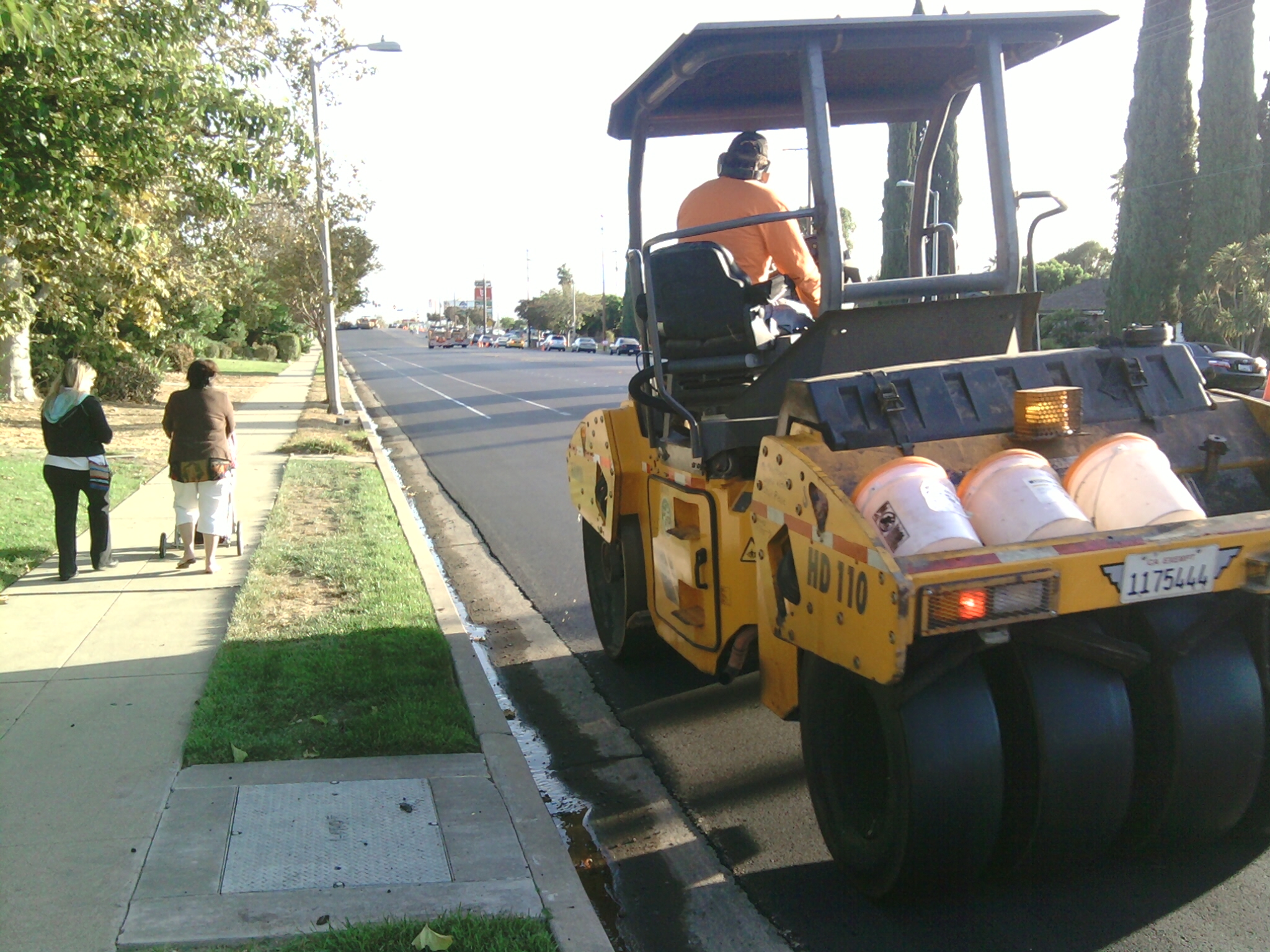
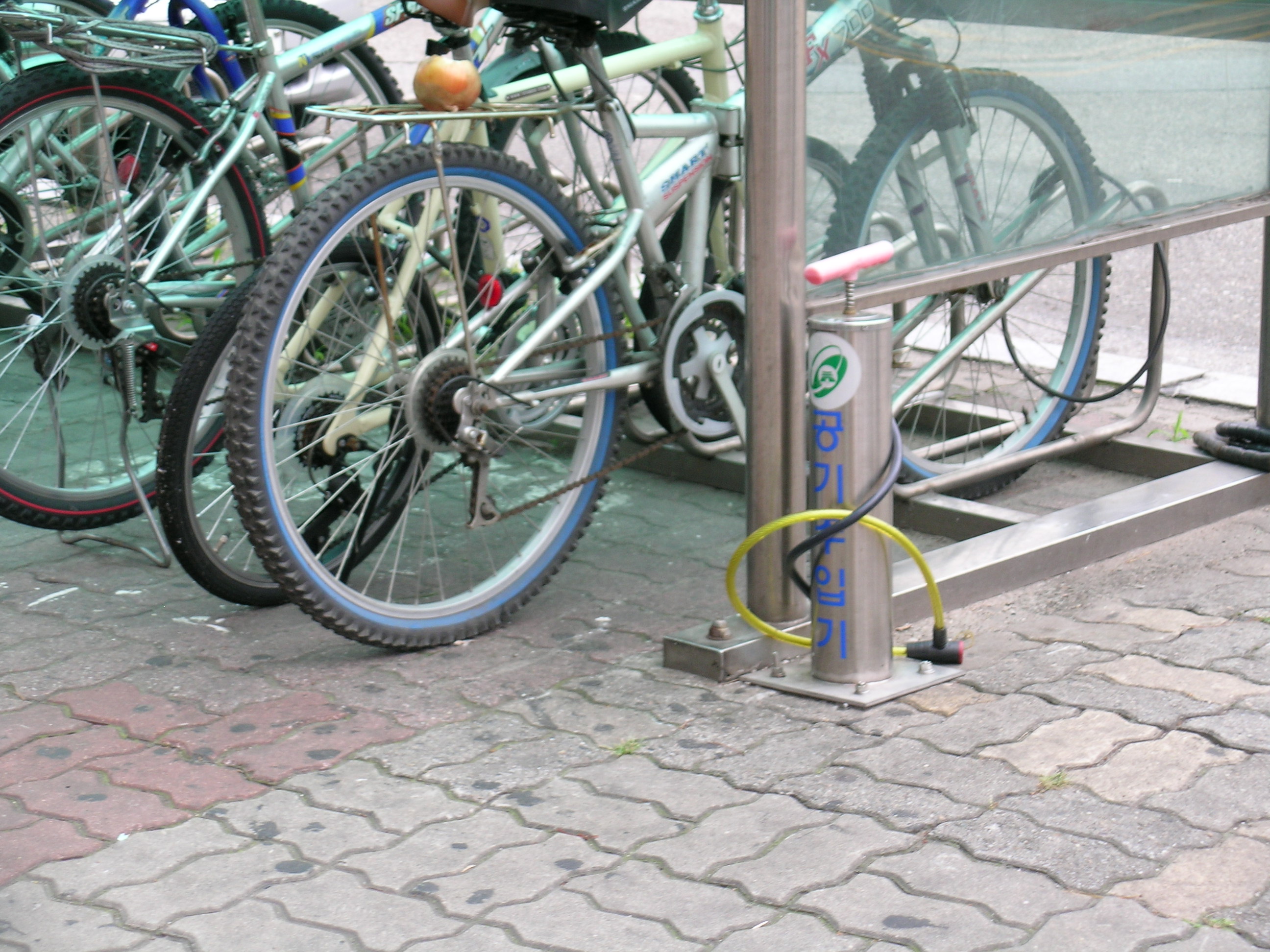
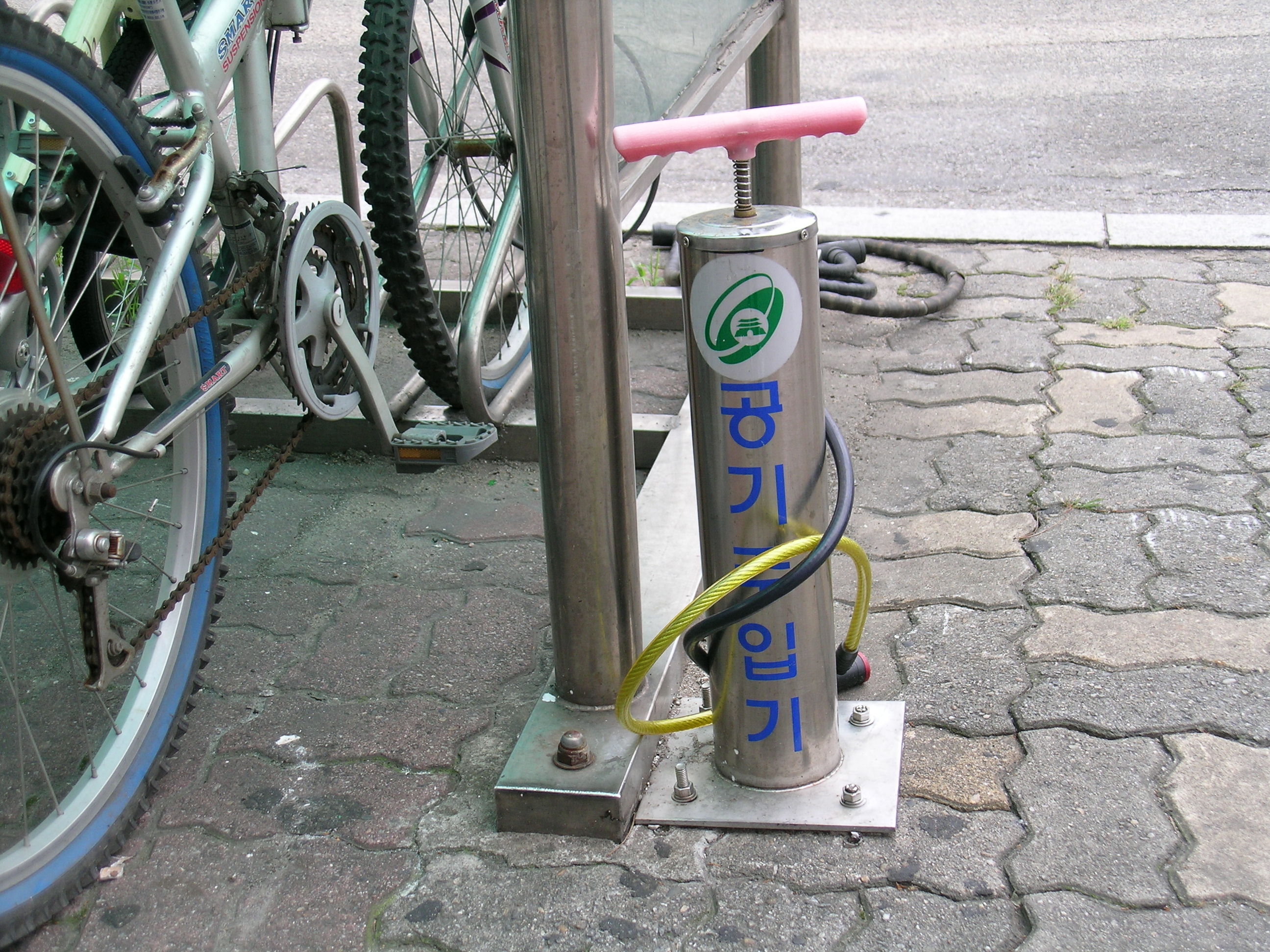
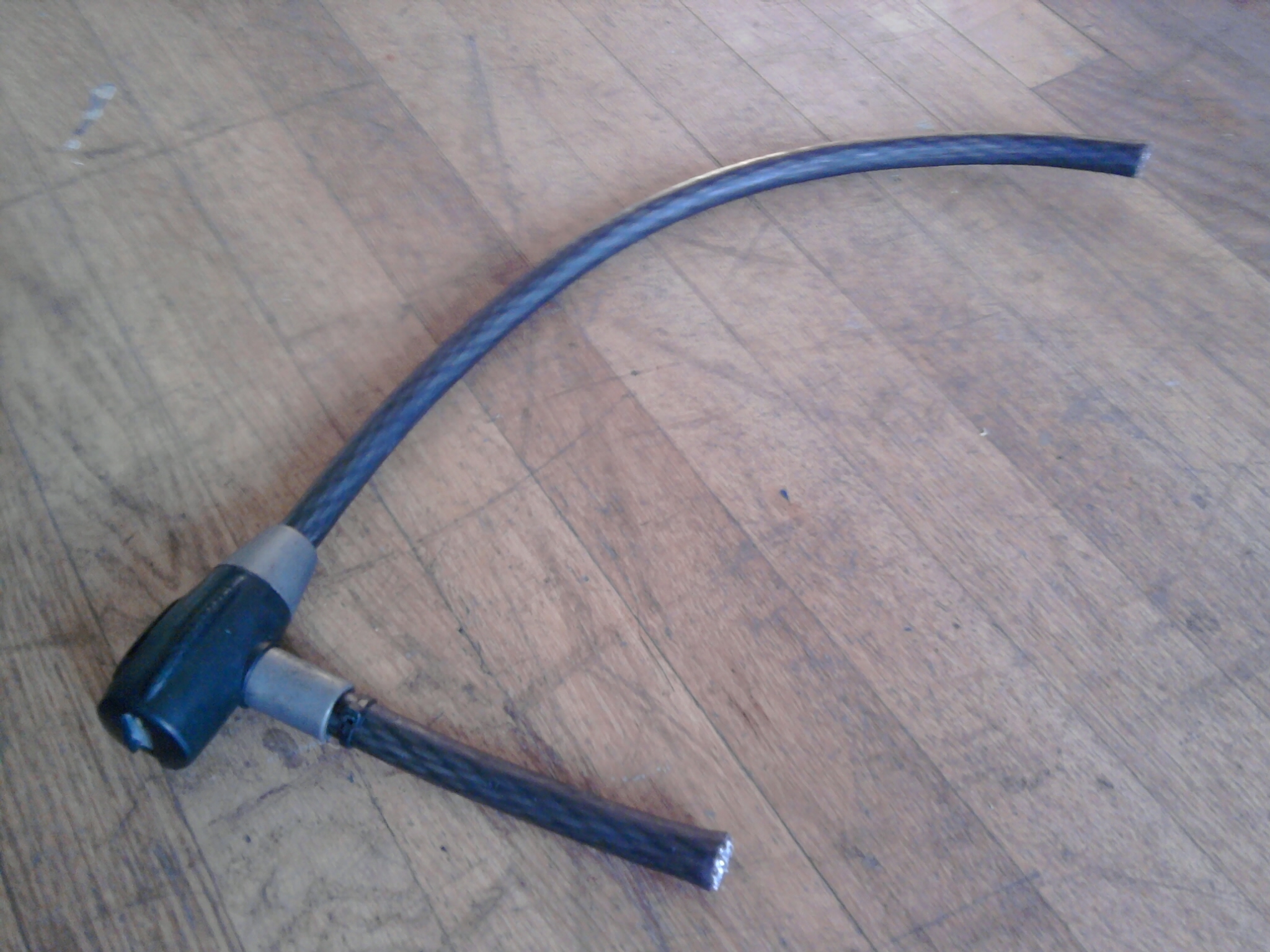
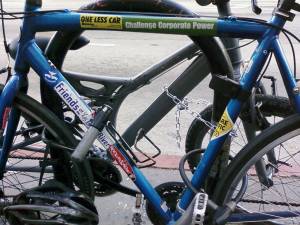

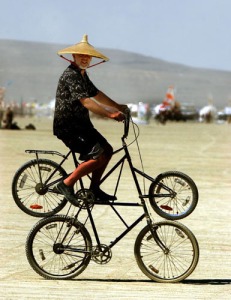
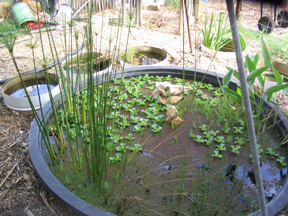
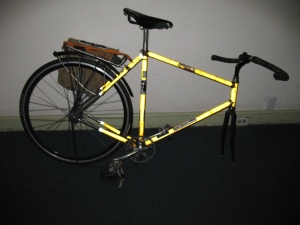 so last night i went to watch a movie with Joe and Yuki at the
so last night i went to watch a movie with Joe and Yuki at the